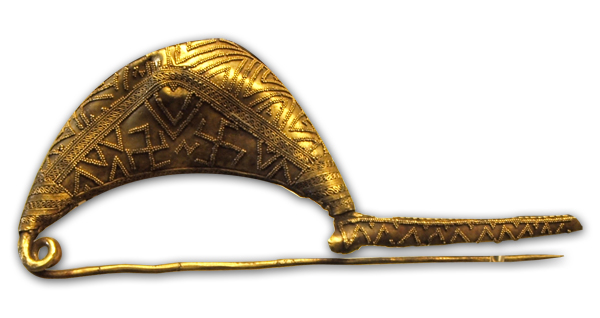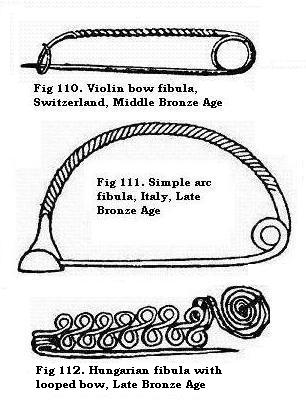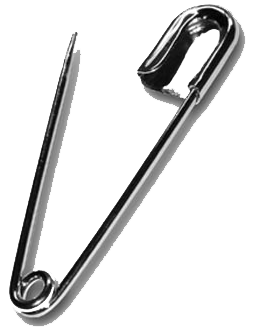A safety pin is something widely used to lock clothing together. The earliest pins used for clothing go as far back for the Mycenaeans throughout the 14th century BCE and were called fibulae. These were made from bronze, iron and even hones. They'd four parts, the entire body, the pin, the spring and huge. The protection pin is a four-in-one device. That it was designed by Walter Hunt initially of 1849.

Walter Hunt (1796 - 1859)
Born in upstate New York, Walter Hunt earned a degree in masonry. He worked to be a farmer the mill town of Lowville, NY, and designed more effective machinery for the neighborhood mills. He received his first patent in 1826, after moving to New York City to work to be a mechanic.
Safety Pin
The protection pin was invented while Walter Hunt was twisting a sheet of wire, trying to think of something that is going to help him pay back a 15-dollar debt. He later sold his patent rights for the protection pin for 400 dollars to he to whom he owed the money.

On April 10,1849, Walter Hunt was granted US patent #6,281 for his safety pin. Hunt's pin was developed from item of wire, that was coiled in a spring at one end as well as a separate clasp and point with the other end, allowing the aim of the wire to get forced with the spring into your clasp. It turned out the 1st pin to experience a clasp and spring action and Hunt claimed so it made to prevent fingers resistant to injury; hence the name. W.R.Grace company, who bought the patent, manufactured and marketed safety pins, making profits in multi-million dollars.

Other Inventions Walter Hunt's other inventions included: A forerunner with the Winchester repeating rifle, a prosperous flax spinner, knife sharpener, streetcar bell, hard-coal-burning stove, artificial stone, road sweeping machinery, velocipedes, ice ploughs and mail making machinery. He or she is also well renowned for inventing commercially unsuccessful sewing machine.